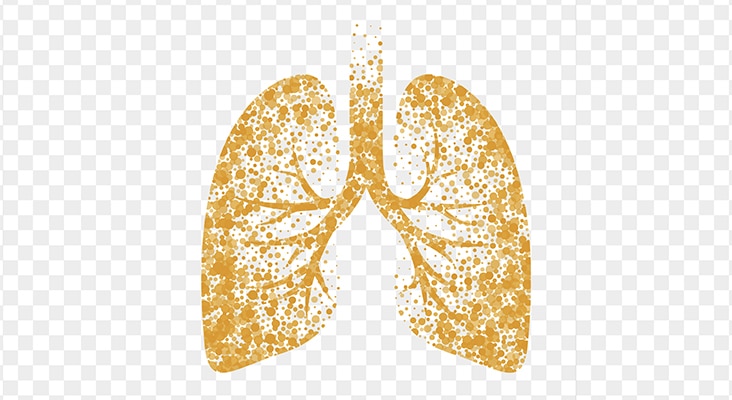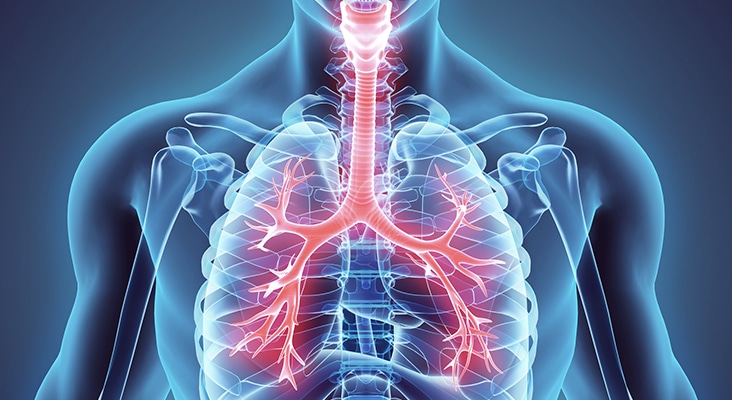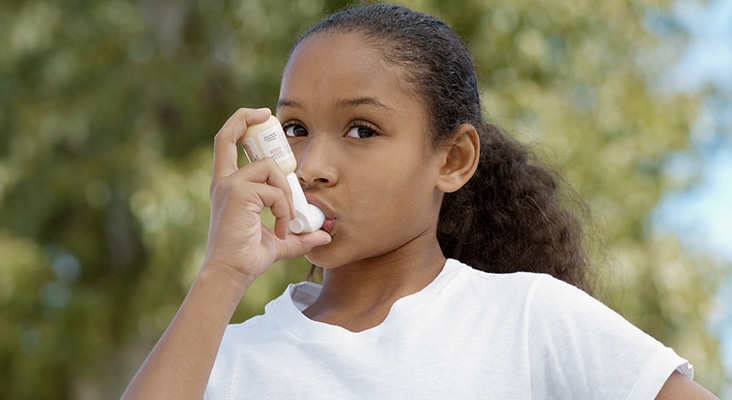Impact of Asthma on Oral Health
Asthma ordinarily begins in childhood/adolescence, and—once established—the ongoing inflammatory process leads to underdevelopment of the lungs, further impeding their function. More than 6 million United States children under the age of 18 have been diagnosed with bronchial asthma. Patients with asthma may also experience negative oral health effects, although evidence supporting a causal association is mixed. With more than 235 million individuals affected by asthma across the globe, oral health professionals need to be prepared to treat patients with asthma safely while also helping them to maintain their oral health.

How many factors can trigger an asthma attack or exacerbate symptoms?
 marina_ua / iStock / Getty Images Plus
marina_ua / iStock / Getty Images Plus
There is no cure for asthma, but symptoms can be controlled through the avoidance or reduction of exposure to asthma triggers and adherence to treatment protocols.
 FatCamera / E+
FatCamera / E+
The goal of most asthma medications is to directly target the smooth muscle of the respiratory tract with which medications to either avert or negate an intense reaction to allergens?
 Avector / iStock / Getty Images Plus
Avector / iStock / Getty Images Plus
The goal of asthma therapy is to restore and maintain normal pulmonary function.
 FatCamera / E+
FatCamera / E+
Little evidence demonstrates a link between asthma and dental caries, particularly among children and adolescents.
 skynesher / E+
skynesher / E+
During treatment, clinicians need to avoid triggering an asthma attack with aerosols and particles (from dental materials and hard tissue) through proper placement of intraoral trays and suction tips and use of a rubber dam. Prolonged supine positioning should be avoided.
 yodiyim / iStock / Getty Images Plus
yodiyim / iStock / Getty Images Plus
Many inhalers have a low pH and contain sweeteners that enhance their cariogenic potential.
 IPGGutenbergUKLtd / iStock / Getty Images Plus
IPGGutenbergUKLtd / iStock / Getty Images Plus
Share your Results:

